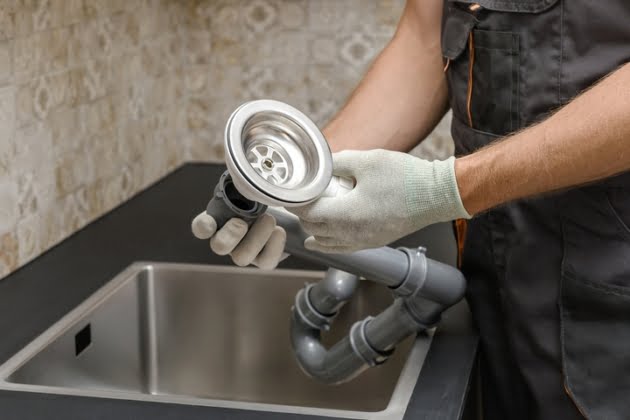Your kitchen’s plumbing system is a complex grid of pipes and fixtures that work together to supply water. When any component stops functioning properly, it could disrupt the entire plumbing network in your kitchen. For instance, a clogged kitchen drain often signifies there are underlying problems with its interconnected parts. If not treated promptly, this can escalate into a major plumbing emergency.
A clogged drain is one of the most common plumbing issues in the kitchen. It is gross and inconvenient when the water in your kitchen sink will not drain, especially in the middle of preparing a meal. Often, a minor clog can be resolved by employing basic knowledge and tools. However, some blockages can be serious and may require the professional help of a plumber.
Your kitchen sink is susceptible to many other plumbing issues, which can be avoided with regular maintenance and monitoring. Understanding the common kitchen drain problems can prepare you in case of any sudden emergency. Here are some of the most frequently encountered problems with kitchen sinks and drains:
Problem #1: Clogged kitchen drains
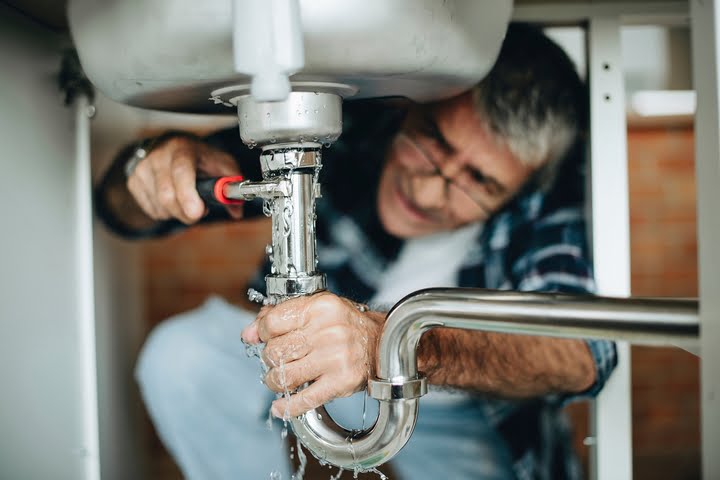
Kitchen sink drains are generally prone to food waste clogs. Even if your sink features a garbage disposal, food waste often finds its way into the drains and pipes. The food waste can collect at several places inside the pipes, which will lead to a clogged kitchen drain if left to accumulate. Foods such as coffee grounds and tea leaves are especially damaging as they don’t break down.
When dealing with a kitchen sink that is clogged, you should contact a residential plumber for immediate assistance. Other solutions may involve using drain cleaners, a plumber’s snake, or a plunger to fix the clogged kitchen drain.
Problem #2: Clogged p-trap
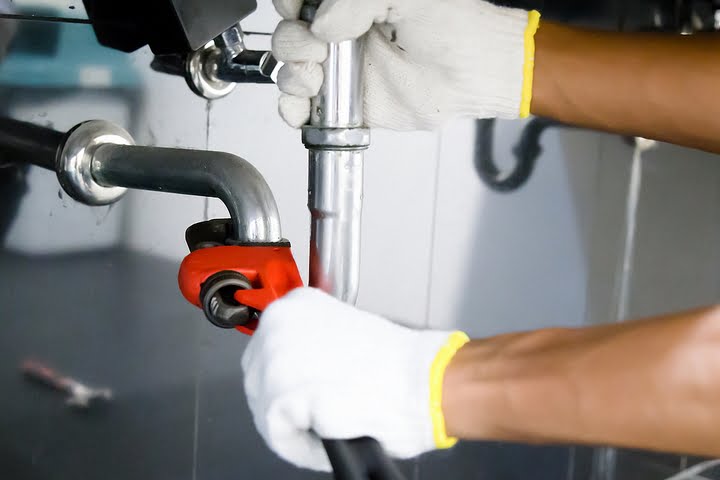
The p-trap is the curved part of a pipe, usually located under the kitchen sink. Its purpose is to prevent foul smells from making their way through the drain. Gunk, small pieces of food, and debris all tend to collect in the P-trap over time. This interferes with the process of draining water, which might result in a kitchen sink leaking. Unfortunately, identifying a leak from the P-trap right away can be difficult since it is positioned out of sight.
Problem #3: Gurgling kitchen drains
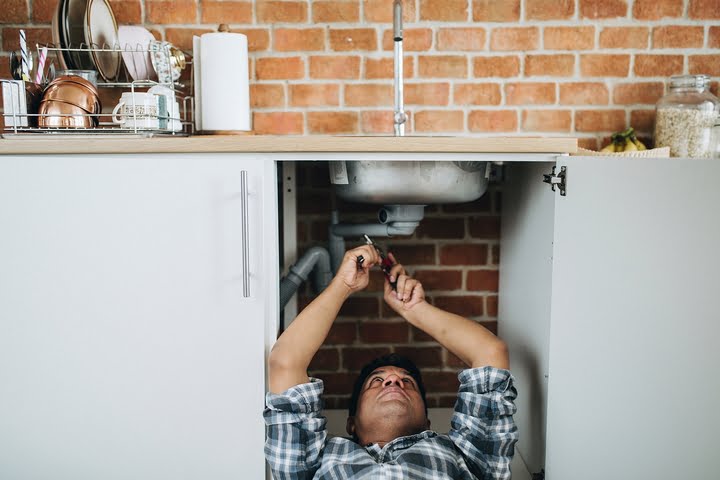
Should you detect a gurgling sound when draining your kitchen sink, this could be due to an incorrect ventilation in your plumbing system. An essential feature of the drain ventilation is the p-trap. Check to confirm if this component is functioning as it should. The p-trap prevents sewage gases from rising into the kitchen, redirecting the flow outside instead.
When a p-trap is busted, it doesn’t trap this air. As a result, the gases keep seeping into the drain, which causes the gurgling sound. To test a p-trap, insert a small wire down the drain and pull it out. A functional p-trap will have approximately 4 inches of standing water. If the water level is low, call a plumber to fix it. In rare cases, some drains don’t have a p-trap, which should be installed as soon as possible.
Problem #4: Smelly kitchen sink
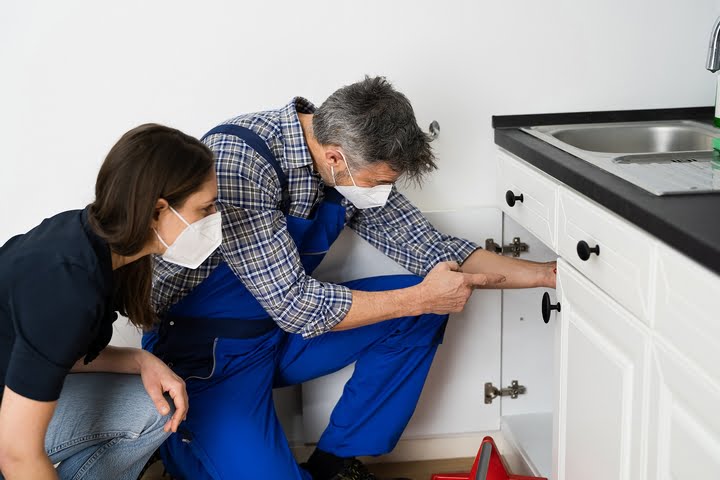
A build-up of grease is the most common cause of a smelly kitchen sink drain. At room temperature, oil and grease congeal. Each time you pour oil or grease down the sink, you add an extra layer of the build-up in your kitchen drain. The build-up traps old foods, which will decay over time. The resultant foul smell is quite offensive.
To get rid of the oil and grease build-up in your sink, mix a cup of boiling water with two tablespoons of salt. After about a minute, pour the mixture down the drain and let it sit for ten minutes. As a rule of thumb, leftover cooking grease shouldn’t be poured down the drain. Instead, pour it into a receptacle or keep it in the pan until you can ensure proper disposal.
Problem #5: Chemical and soap build-up
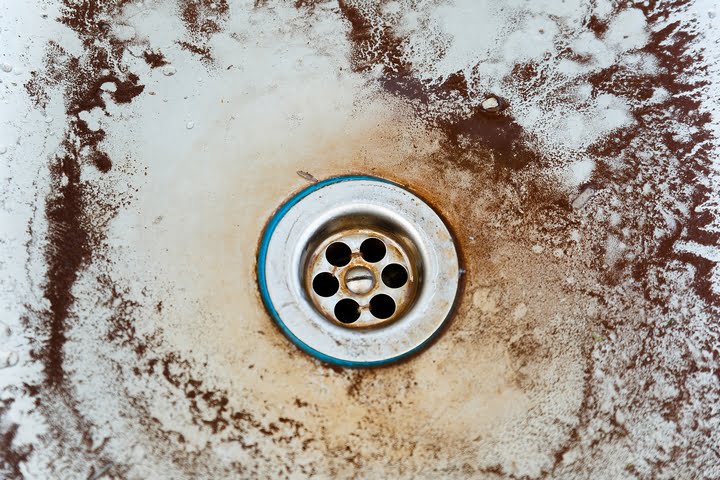
It may surprise some homeowners that a kitchen sink can be clogged with soap. When soap is mixed with water heavy in minerals, it produces soap scum. This is a white substance that adheres to the kitchen sink. Over time, there is a build-up of scale, which results in a clogged kitchen drain. The same thing happens whenever chemicals are poured down the kitchen sink.
Problem #6: Clogged garbage disposal
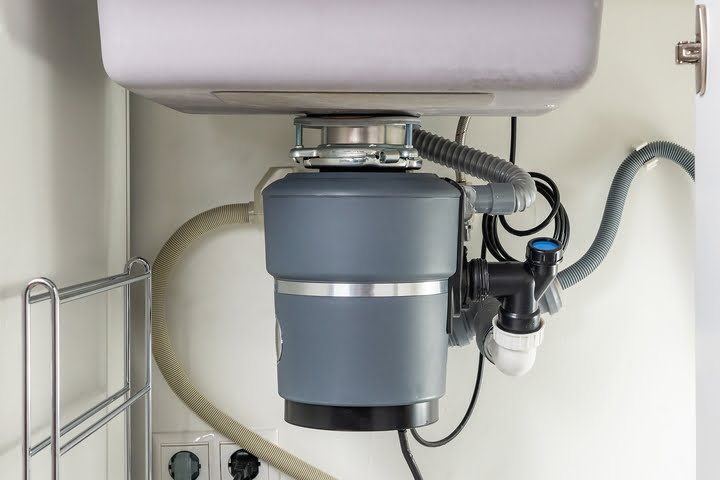
Garbage disposal units are a great invention, but they aren’t designed to handle items like bones and grease. Potato peels can also jam the disposal unit. If it stops working, you may be able to solve the issue by simply pressing the reset button. To prevent further problems with the garbage disposal, run cold water through the drain for 15 seconds before use. You should also run water for 30 seconds afterwards.
Problem #7: Tree roots
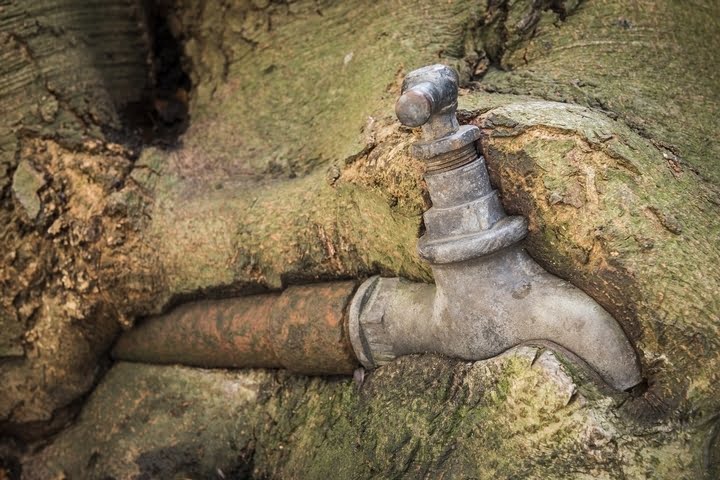
If there are trees too close to your house, their roots will start expanding outwards as they grow. Some of the roots will find their way into your pipes, obstructing the natural flow of water. When this happens, contact your local plumbing service expert. Unless you are a plumber, don’t try to fix the problem by yourself. This is one of those situations that require professionals to do proper repairs and prevent further damage.



